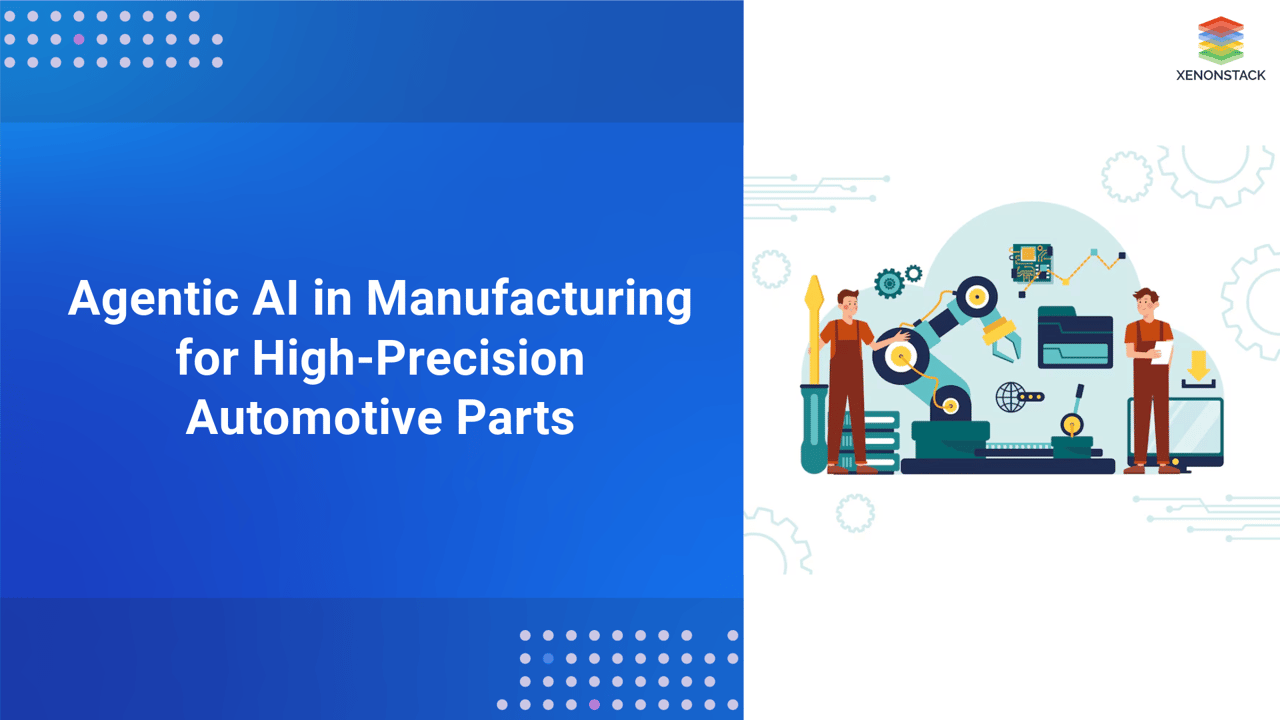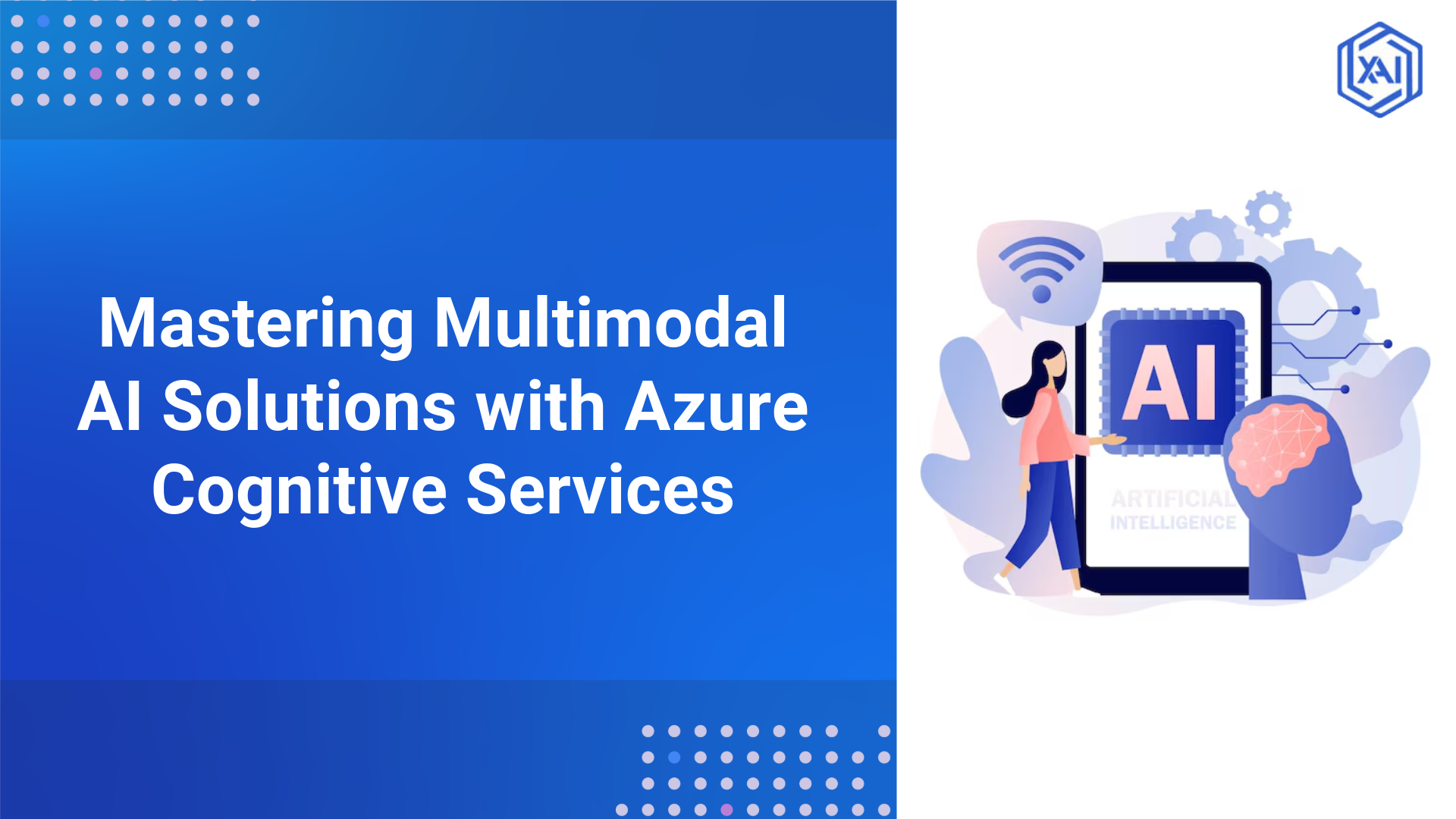
Industry Use Cases
Tesla’s AI-Powered Manufacturing
Tesla employs Agentic AI in its Gigafactories to monitor equipment, automate inspections, and manage material demand. These agents help streamline operations, minimize scrap, and improve component alignment and assembly accuracy.
BMW and Nvidia’s Digital Twin Collaboration
BMW uses digital twin technology built on Nvidia’s Omniverse to simulate factory workflows. Agentic AI agents run these simulations to determine optimal task allocation and reduce the time to implement new designs or processes.
Toyota’s Predictive Maintenance System
Toyota integrates IoT and Agentic AI to collect equipment data and predict potential failures. This strategy has led to significant reductions in downtime and more proactive, data-informed maintenance strategies.
Bosch’s Intelligent Inspection Systems
Bosch deploys AI-powered visual inspection agents that evaluate parts during and after machining. These systems enhance defect detection and reduce the frequency of warranty claims due to manufacturing errors.
Implementing Agentic AI: Solutions Framework
|
Problem
|
Agentic AI-Based Solution
|
Result
|
|---|---|---|
| Equipment failures | AI-powered diagnostics and anomaly detection | Improved uptime, fewer unplanned repairs |
| Quality inconsistencies | Real-time AI-driven inspection systems | Enhanced quality control and fewer defects |
| Inefficient workflows | Reinforcement learning agents for workflow adjustment | Shorter production cycles, improved resource use |
| Supply chain issues | Predictive logistics and automated procurement | Reduced lead times and inventory waste |
| Human error | Human-in-the-loop agents for process validation | Safer, more accurate production environments |
Key Benefits of Agentic AI in Manufacturing
-
Enhanced Process Intelligence
Agentic AI brings a new layer of intelligence into every manufacturing process. It continuously learns from historical and real-time data to make decisions that enhance precision and productivity.
-
Real-Time Decision-Making
Unlike traditional systems that rely on batch processing, Agentic AI can analyze and act on data in milliseconds. This capability is critical for detecting anomalies, rerouting workflows, or stopping production to prevent defects.
-
Autonomous OperationsThese agents can make autonomous decisions without human intervention. This reduces dependency on manual monitoring and fewer operational disruptions, particularly in high-precision environments where timing and accuracy are critical.
-
Increased AdaptabilityAgentic AI systems can respond to dynamic conditions—such as sudden machine wear or supply chain disruptions—by updating their strategies in real time, ensuring uninterrupted production.
-
Data-Driven OptimizationThe continuous collection and interpretation of data allow AI agents to uncover inefficiencies and recommend process improvements, often before humans even recognize a problem.
-
Workforce AugmentationBy handling repetitive or complex monitoring tasks, Agentic AI allows skilled workers to focus on high-level strategic and creative functions. This not only boosts productivity but also enhances job satisfaction.
-
Scalability of OperationsAs product lines grow or new manufacturing facilities are added, Agentic AI systems scale without major infrastructure changes. They can be retrained or reprogrammed to accommodate new workflows or technologies.
-
Continuous Quality AssuranceBy integrating AI into every production stage—from raw material inspection to final testing—companies can achieve consistent quality levels and virtually eliminate costly defects.
Future Trends in Agentic AI for Automotive Manufacturing
-
Cognitive Agent DevelopmentNext-generation agents will understand tasks in broader contexts, learning to optimize complex goals such as entire product launches or market-driven retooling.
-
Human-Collaborative RoboticsCollaborative robots (cobots) equipped with AI will work alongside human operators. These agents will assess workloads, detect operator fatigue, and reassign tasks to maintain efficiency.
-
Fully Automated Supply ChainsAI agents will handle everything from sourcing raw materials to scheduling delivery using predictive analytics and blockchain-based smart contracts.
-
Edge AI for Real-Time OperationsDeploying AI at the machine level will allow for faster decision-making. Edge AI is critical for time-sensitive tasks like defect detection during assembly.
-
Sustainability and Environmental IntelligenceAgentic AI systems will be designed to prioritize energy efficiency, carbon reduction, and sustainable sourcing, aligning manufacturing with global ESG goals.
-
Integration with Digital Twins
 Fig 1: Integration with Digital TwinDigital twin environments will allow AI agents to test strategies in a virtual space before deployment. This enables manufacturers to iterate quickly and reduce real-world trial-and-error.
Fig 1: Integration with Digital TwinDigital twin environments will allow AI agents to test strategies in a virtual space before deployment. This enables manufacturers to iterate quickly and reduce real-world trial-and-error.
Xenonstack AI’s Role in Enabling Agentic AI
Xenonstack AI offers a suite of tailored tools for automotive manufacturing:
-
Computer Vision Inspection Tools
-
Predictive Maintenance Pipelines
-
Agent-Based Workflow Optimizers
-
Edge-Deployed AI Systems
-
Agent Training within Digital Twin Environments
These solutions help manufacturers achieve scalability, precision, and adaptability in their production environments.
Ethical and Practical Considerations
As Agentic AI systems take on more responsibility, manufacturers must ensure:
-
Transparency in AI decision processes
-
Human oversight for mission-critical tasks
-
Data integrity and ethical training standards
-
Secure and private handling of sensitive data
Measuring ROI from Agentic AI
| Metric | Pre-Implementation | Post-Implementation |
| Defect Rate | 5% | <1% |
| Monthly Downtime | 12 hours | 2 hours |
| Annual Maintenance Costs | $250,000 | $100,000 |
| Units Produced per Hour | 100 | 120 |
| Energy Usage | High | Reduced by 15–20% |
Agentic AI is no longer a theoretical concept but a strategic tool actively reshaping automotive manufacturing. It allows for more intelligent, flexible, and sustainable production processes. From predictive maintenance and automated inspection to supply chain optimization and digital twins, Agentic AI enables a new era of smart manufacturing.
Companies embracing these technologies now will gain a competitive edge in innovation and efficiency. The future of high-precision automotive manufacturing lies in integrating autonomous, learning, and collaborative AI agents—and that future is already here.




